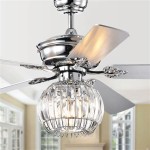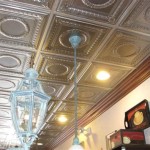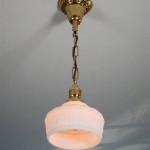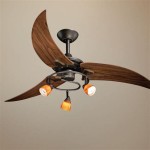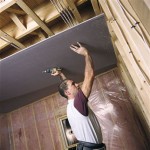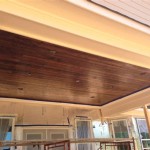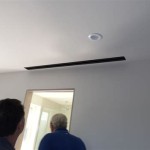How to Create Realistic Ceilings in SketchUp with V-Ray
Creating realistic ceilings in SketchUp with V-Ray is essential for adding depth and realism to your architectural visualizations. By following these step-by-step instructions, you can easily create high-quality ceiling models that enhance the overall aesthetic of your designs.
1. Model the Ceiling Geometry
Start by creating the basic geometry of the ceiling using the Rectangle or Polygon tools. Ensure that the dimensions and shape match your design requirements. If the ceiling has multiple levels or recesses, create separate geometry for each section.
2. Apply Materials to the Ceiling
Select the ceiling geometry and assign a material from the V-Ray Material Editor. Choose a material that accurately represents the desired surface finish, such as drywall, plaster, or suspended tiles.
3. Create the V-Ray Ceiling Lights
To create realistic lighting for the ceiling, add V-Ray Ceiling Lights. Select the ceiling geometry, right-click, and choose "Add V-Ray Light" > "Ceiling Light." Position and adjust the lights as needed.
4. Configure V-Ray Ceiling Light Properties
In the V-Ray Light Editor, adjust the following properties:
- Light Type: Choose "IES" or "Photometric" for accurate light distribution.
- IES/Photometric File: Load an IES or Photometric file that accurately represents the light source.
- Amount: Adjust the light intensity to achieve the desired brightness.
- Color: Set the color temperature of the light.
5. Add V-Ray Environment Fog
To create a sense of depth and realism, add V-Ray Environment Fog to the scene. This will create a subtle atmosphere and help blend the ceiling with the surroundings.
6. Adjust the V-Ray Render Settings
In the V-Ray Render Settings, adjust the following parameters:
- Global Illumination: Enable Global Illumination to create realistic light bounces.
- Irradiance Map: Increase the Irradiance Map resolution for better lighting quality.
7. Render and Check the Results
Render the scene and check the results. Make adjustments to the materials, lighting, and render settings as needed until you achieve the desired level of realism.
Additional Tips:
- Use high-resolution HDRI maps for natural lighting.
- Add molding or trim to enhance the detailing of the ceiling.
- Experiment with different light configurations to create various moods and atmospheres.
Conclusion:
By following these steps, you can easily create realistic ceilings in SketchUp with V-Ray. These techniques will help you enhance the visual quality of your architectural visualizations and create immersive experiences for your audience.

How To Make Rectangular False Ceiling In Sketchup Vray

How To Make False Ceiling And Strip Light In Sketchup Vray Pixologic Interior

How To Make False Ceiling In Sketchup V Ray

How To Make Curve Ceiling In Sketchup Vray Setting

How To Make Circular False Ceiling In Sketchup Vray

How To Make Rectangular False Ceiling In Sketchup Vray

3 Ways To Make Pop Ceiling Lights I V Ray For Sketchup

3 Ways To Make Pop Ceiling Lights I V Ray For Sketchup

How To Make Circular False Ceiling In Sketchup Vray

How To Make False Ceiling And Strip Light In Sketchup Vray
Related Posts


